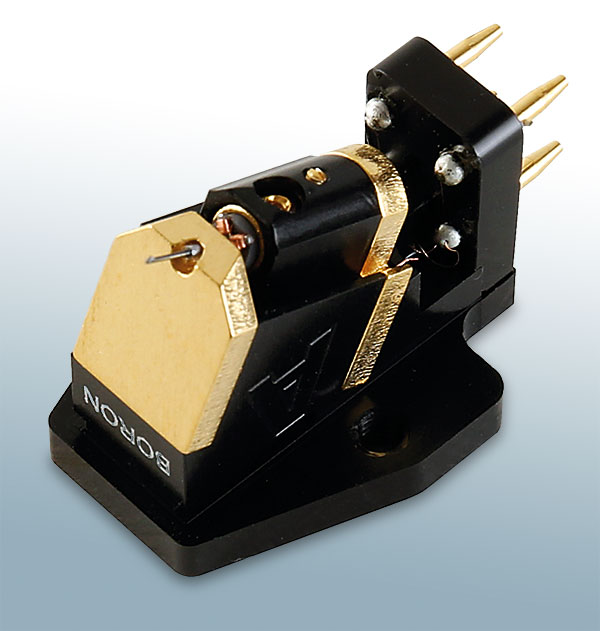AVID Boron Cartridge Cantilever Tuning
What makes the perfect cantilever? As the 'direct link' between the stylus and groove at one end and, in an MC, the coils at the other, the ideal cantilever needs to be both very stiff and very lightweight to accurately convey the groove modulations. The mechanical behaviour of the cantilever under load, and the damping afforded by the rubber suspension at the pivot point are also crucial in determining the tracking performance of the cartridge. A fine alloy pipe remains common in MM designs where, in more sophisticated designs, the resonance of the tube and finite mass of the crimped and glued stylus-end may be employed constructively to 'tune' the HF response of the generator mechanism.

More exotic materials have proved popular in high-end pick-ups since 1979 when Dynavector launched its Karat Diamond and Ruby MCs [HFN Nov 1980] and Technics used a boron pipe in its more affordable EPC-205 MM [HFN Dec 1980 & Sep '18]. Diamond is not only the hardest natural material but its stiffness, inferred by a Young's Modulus of 1100GPa, is 2-3x that of ruby and some 15x that of aluminium, although it is slightly denser, increasing the cantilever's moving mass. Boron, while lacking the cachet of ruby or diamond, is arguably a better choice of cantilever material: it is more affordable and combines a Young's Modulus of 660GPa – still harder and 'stiffer' than ruby – with a lower density than even aluminium.
Working with boron is trickier though, for while ruby rods will accommodate a fine diamond stylus mounted through a laser-drilled hole, these same stones must be glued to the chamfered tip of a boron rod. In practice even ruby or boron cantilevers have their own unique resonances that impact on the HF performance, and sound, of the pick-up. PM


















































